Phone: (714) 695-1566
Fax: (714) 695-1553
Email: info@salinaspt.com
23655 Via Del Rio, Suite C
Yorba Linda, CA 92887
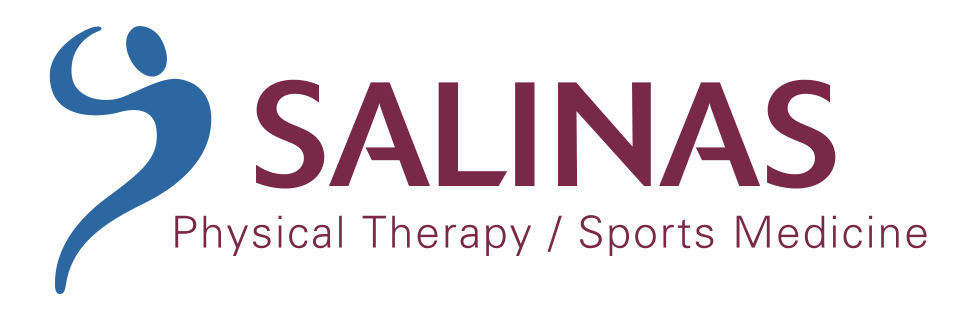
Phone: (714) 695-1566
Fax: (714) 695-1553
Email: info@salinaspt.com
23655 Via Del Rio, Suite C
Yorba Linda, CA 92887
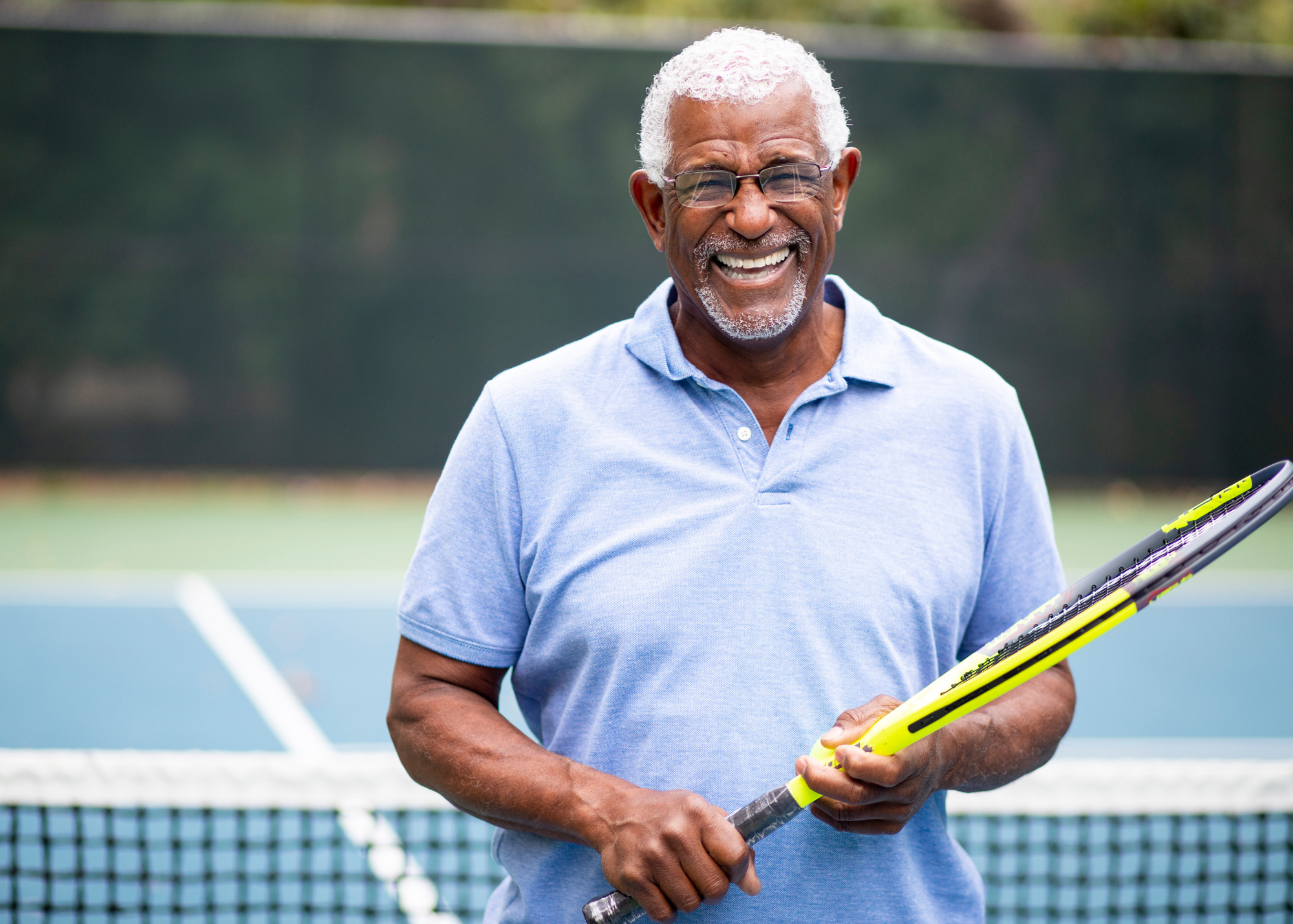
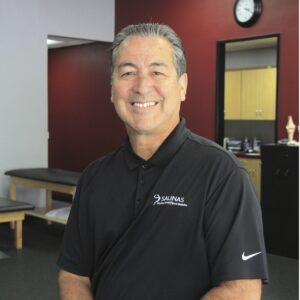
Ruben Salinas is the founder and president of Salinas PT.
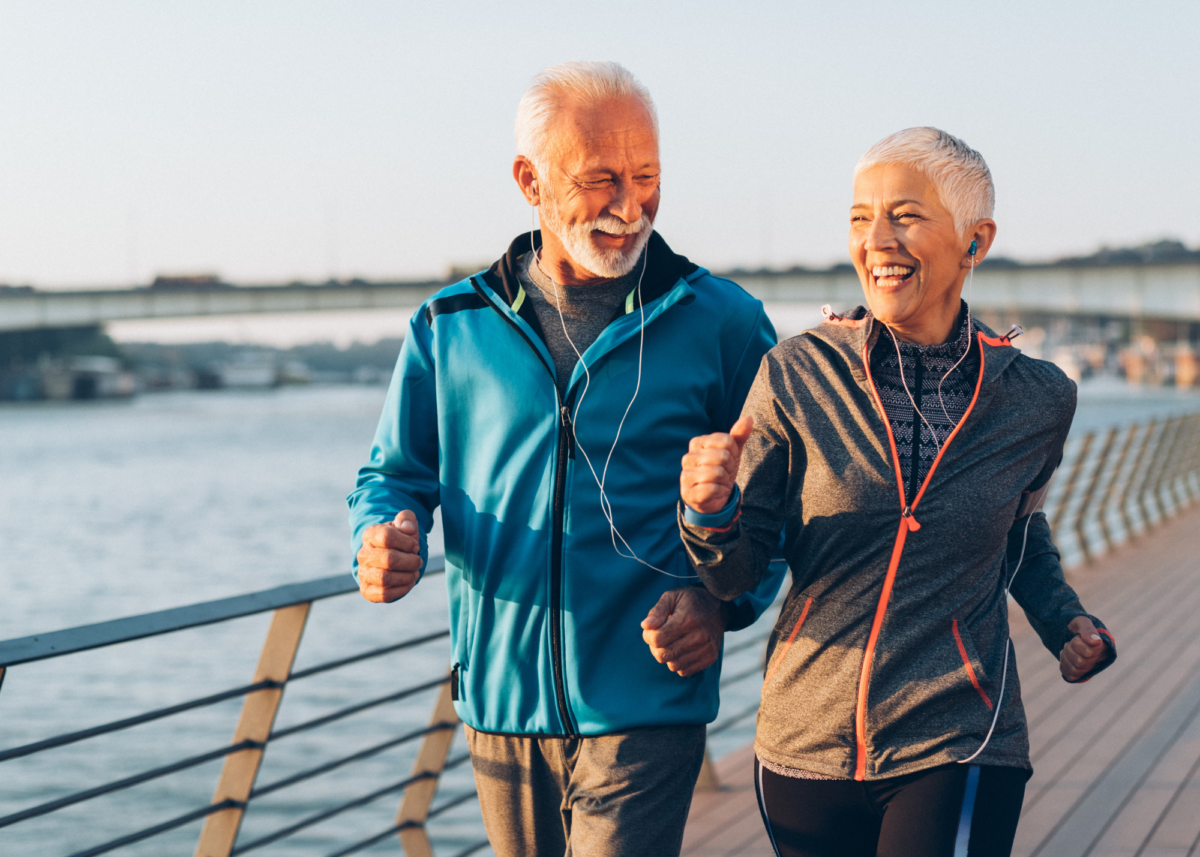
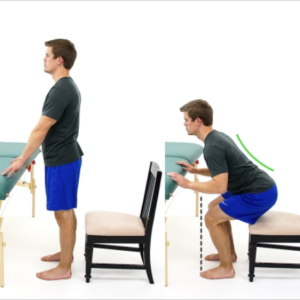
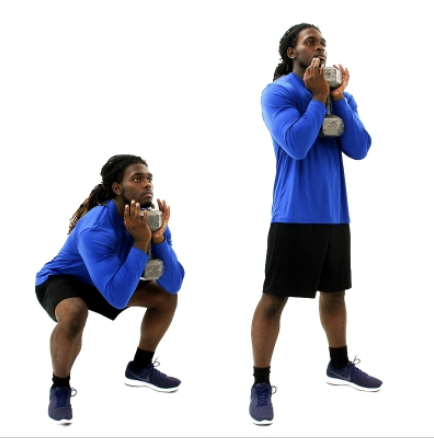
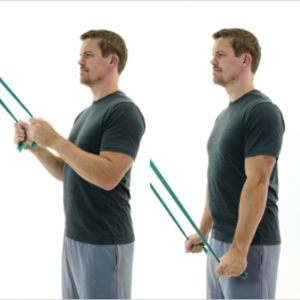
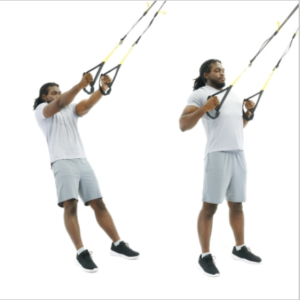
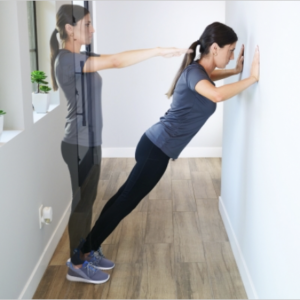
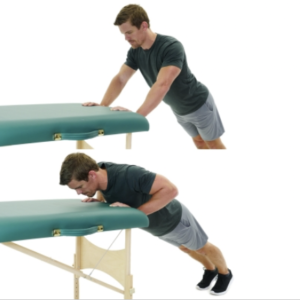
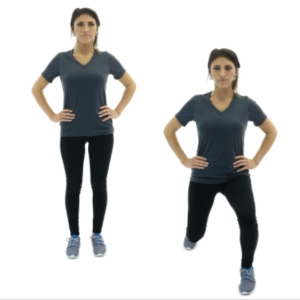
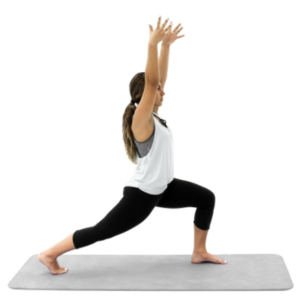 Exercise images provided by HEP2go.
Exercise images provided by HEP2go.
Powered by Indian bank ifsc code